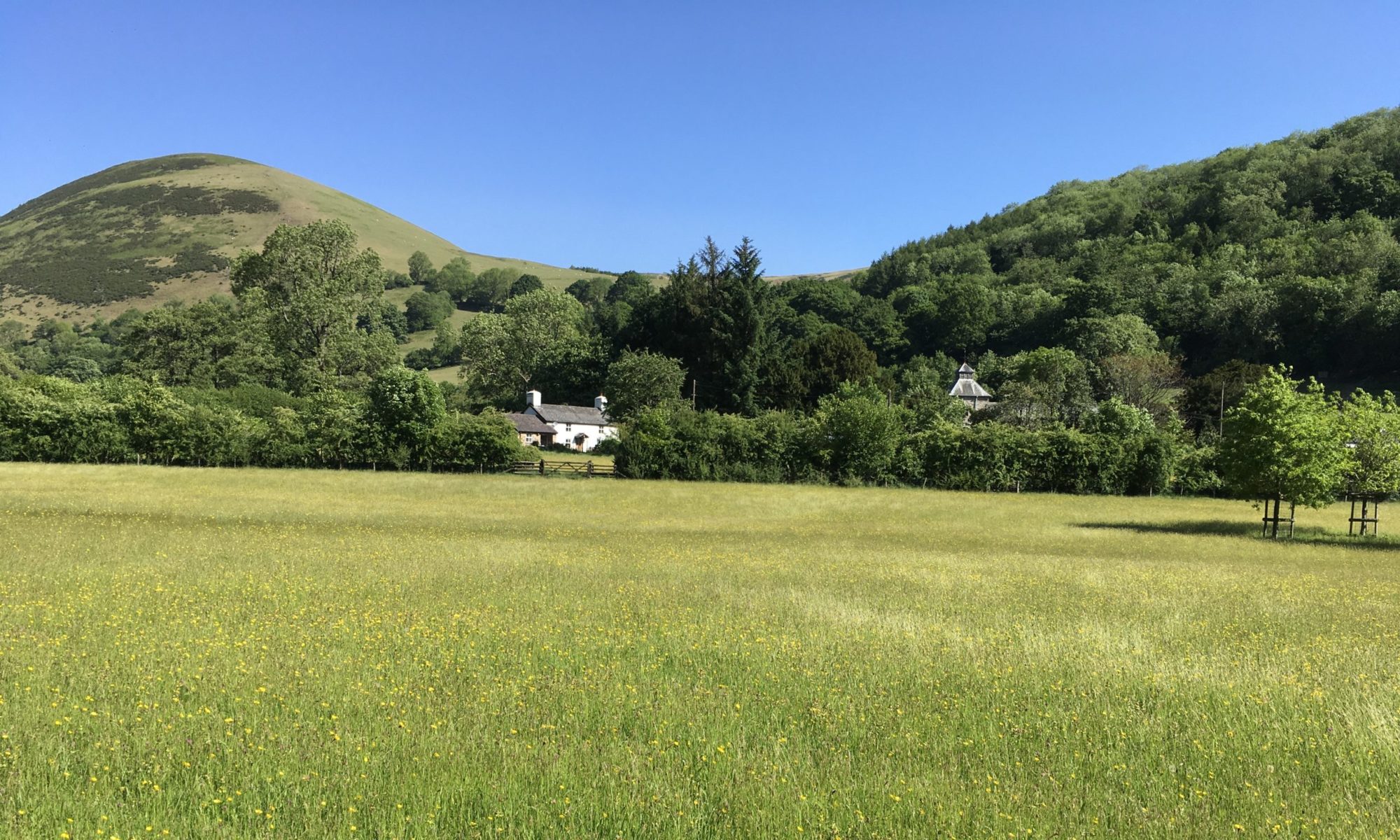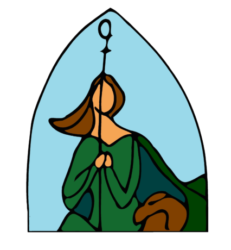“The kingdom of heaven may be compared to a king who wished to settle accounts with his servants.” Jesus in Matthew 18:21-35
“Forgiveness does not change the past but it does enlarge the future.” Paul Boese.
Today’s Gospel is the response of Jesus to Peter’s question about how often forgiveness should be shown. In reply, Jesus tells the story of a king wanting to settle his accounts with his servants. Having reckoned what he was owed, a servant in his debt for ten thousand talents was brought to him – that’s a huge amount of money, which the servant couldn’t possibly repay. As he begged for mercy, the king took pity on the servant and forgave him the entire debt – an act of great generosity.
By contrast, when the man leaves, he immediately goes to another servant who owes him a hundred denarii – a very much smaller amount of money. The forgiven servant is violent with him, seizing him by the throat, refusing to show the same pity he was given and having him thrown into prison. However, word of this gets back to the king through the other servants who witness this unfair treatment but won’t stand for it and, because the forgiven servant was not himself merciful, the king has him thrown into jail. His position is now very much worse than before because he did not show forgiveness or share his good fortune with those also in need as he had been.
Jesus’ parable has fictional characters but is based on the practice of his day and so there’s much to ponder about forgiveness in what he says. Perhaps the actions of the first servant are related to the mercy he’s been shown? He may have realised he must not get into such arrears again and may be wanting to reclaim what is rightly his – but it’s the way he goes about it that’s the issue as he shows no forgiveness. His wife, children and possessions are ordered to be sold to pay off his debt so his actions affect them, too. When he goes free, so would they – but what would happen to them when the debt is reinforced later? The consequences of his actions spread out to others and, when injustice is done, even onlookers become involved when they tell the king what has happened whereas, sometimes, bystanders do nothing even though they could.
This parable is timely, with Companies House sending a reminder here this week about accounts being due by the end of the month! As Wilko stores go into administration after being on the high street since 1930, documents at Companies House show that the company owed £411 million to creditors as well as £25.8 million to HMRC – this huge sort of debt will also have a knock-on effect on the jobs and pensions of the workers, whose families and prospects may well be adversely affected by the situation.
Debt is a huge factor in many of the financial and personal situations bring faced today and with whom do we identify in Jesus’ parable about forgiveness and its fictional characters acting in a true to life manner? Who, in our lives and the news headlines today, are the equivalents of the generous king, the unforgiving servant, the one being threatened or onlookers doing something about the injustice being witnessed?
Perhaps, at various times in our lives, we recognise ourselves in each?
Lord, forgive us our trespasses as we forgive those who trespass against us……….
With my prayers; pob bendith,
Christine, Guardian

